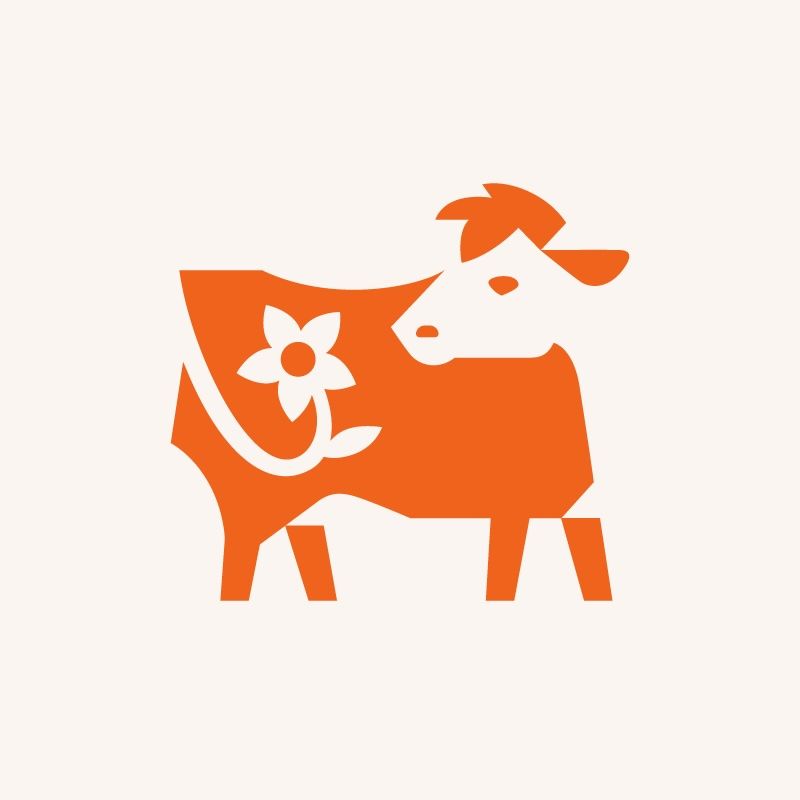The most critical step with regard to your expenses is to track them somehow. We can’t stress this enough. Save your receipts, emailed invoices, etc. and keep logs of any payroll expenses. Consider this a must-do. There are often tax benefits to writing off certain expenses, so if you do nothing else, make sure that you’re able to walk into a local tax preparer’s office at year end with your shoe box full of farm receipts. Recall our earlier Income Statement 101 lesson: an income statement is simply a picture of money coming in and going out, broken down by category. Each section of the income statement represents either money coming in (revenue section), or money going out (cost of sales or operating expenses sections).
There are two different types of expenses on an income statement:
Cost of Sales
This is the cost of actually producing flower stem. Because this cost increases as you sell more stems, it is often referred to as a ‘variable cost.’
Operating Expenses
These are expenses related to running your farm that cannot be attributed directly to production of a specific item. Operating expenses are often referred to as OPEX for short, but can also be called ‘overhead’ or ‘fixed costs.’ Imagine that instead of selling flowers, you are selling baked goods. Your bakery would consider the flour, sugar and other ingredients – as well as any time spent making the baked goods – to be part of your cost of sales. However, any expenses related to the oven, kitchen, or the labor to clean these areas and utensils would go into your operating expenses. While these are necessary expenses to run your business, you would not be able to specify how much cleaning labor was required for each cookie or muffin to be made, so that labor would be considered overhead, or a fixed cost, and it would be counted among your operating expenses.
Helpful Hint:
Be sure to always record your expenses as negative numbers so that you can clearly tell when looking at your income statement which numbers are positive (revenue) and which are negative (cost). (Note: the accounting method for showing negative numbers is to use parentheses, rather than minus signs).

Operating Expenses:
Operating expenses are costs that exist for your farm whether or not you sell any flowers. Marketing expenses, memberships, insurance, equipment and maintenance expenses all fall into this category. Any labor that cannot be directly attributed to a specific production-related activity should also be included in your operating expenses.

Operating Profit:
Operating profit is the amount of money you have left over after you have paid out all of your farm’s expenses, including yourself. This is important, so we’ll say it again for the folks in the back: paying yourself should be considered a necessary expense of a self-sustaining farming operation. If you are looking to your farm to be a source of income for your household, it is essential that you are also paying yourself along the way. Your accountant can advise you on the mechanics of accomplishing that (they vary depending on the type of legal entity you are running), but considering your salary in your annual expenditures is critical.
I Have my Income Statement… So Now What?
Great question! Now comes the fun part – decision time. If you are operating at a profit – great work! (We would encourage you to go back and take a look at all of your expenses and ensure that they encompass all of your activities, just to be sure. Also, make sure you have labor numbers that you are comfortable with, both for yourself and your staff). If you are operating at a loss, then the question becomes: how does my farm become more profitable, and thus self-sustaining? There are two options for any business to increase profit:
1. Increase revenue (sell more things!)
2. Decrease expenses (spend less money!)
Of course, there are also infinite combinations of these, but the best way to make those decisions is to see the whole picture. Outlining all of your sales channels and their respective performance, and identifying all of your expenses along the way, is the best way for you to very quickly spot any unnecessary expenses, or spot opportunities in various sales channels that could help you to focus your energy and resources most effectively.
Categories

About the Author
Rooted Farmers
The Rooted Farmers Team is happy to bring you content that we hope provides value. The topics covered range from farming and running a hub, to sales, marketing, and all things related to building your business, to the unique challenges faced by growers. Our philosophy in sharing this content is that we are always in a position to learn; embracing this mentality will only help us to grow, both within our businesses and personally. If there is a topic that you feel would be of value to the Rooted Farmers community, we encourage you to share your ideas with us by sending an email to: reachout@rootedfarmers.com
